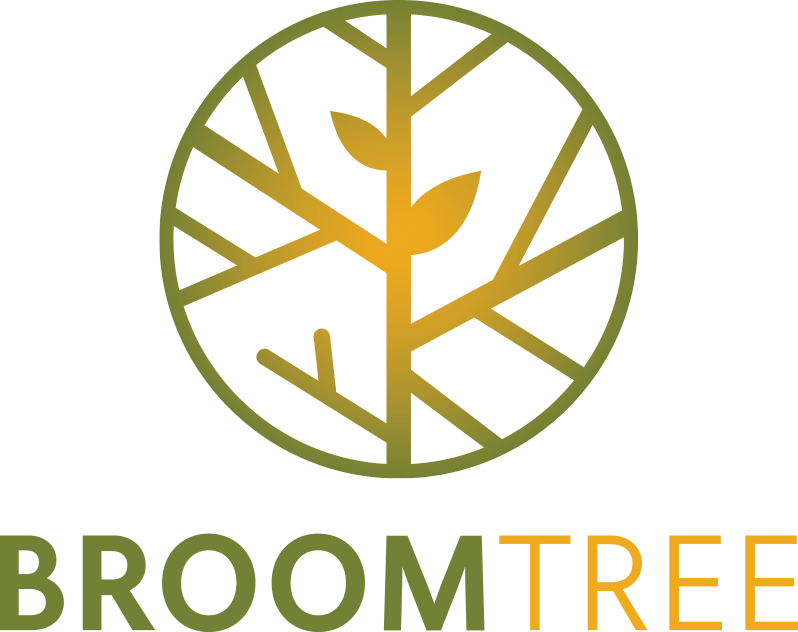As part of my own training in emotional health, I borrowed/adjusted an acrostic that has helped me: O.W.N.E.R. I like this reminder of a theme that is critical for me to keep in front of myself: responsibility and agency.
I am responsible for my emotions and regulating my emotions. Emotions are like waves. I can’t control their coming, but I can choose which ones to ride. I am the O.W.N.E.R. of my emotional health. I have response-ability.
O is for Observe. So much of emotional health depends upon self-awareness. It begins with learning to acknowledge and recognize your feelings. Becoming aware of your triggers and noticing that you often feel something in your body before you can give it a name. It’s recognizing that dashboard light is blinking and saying, “Hey, I think I’m feeling something here!” The simple (or not-so-simple) step of awareness is what prevents you from getting emotionally hijacked. It engages your pre-frontal cortex (reasoning part) to pull the reins on your amygdala (reacting part, “lizard brain”) so you don’t unconsciously slip into unhealthy habit patterns.
W is for Welcome. Many of us are so practiced in suppressing or ignoring our emotions that we short-circuit the process by judging our feelings and shaming ourselves for our distressing feelings (anger, sadness, fear). We feel guilty about these feelings or may even be afraid of them. We have decades of practice believing the lie that vulnerability is weakness and weakness is shameful. So, after you observe, resist the pattern of condemning or judging that emotion. Instead, welcome it non-judgmentally. I like saying, “A part of me is feeling _______,” because it’s not my whole self. This is not my identity. It’s just a frightened part of me that has been touched and needs attention. Welcome, feeling. There’s room for you here.
N is for Name. Naming is kind of an emotional super-power (Brene Brown). Emotions are data; they are signals, signposts, “geologic upheavals of thought” (Martha Nussbaum). This makes emotions most useful as diagnostic tools. They are great servants, but they are terrible masters. One way to tame emotions is to name them (Dan Siegel). If you are like most people, and your emotional vocabulary is limited to four words (mad, sad, glad, scared), find an “Emotional Awareness Wheel.” Use it regularly to expand your emotional vocabulary. Keep a feelings journal. We sometimes think naming our worst feelings gives them power. But the opposite is true. Naming defuses their power; it disarms them. We are less guarded, less defended, and more present when we can NAME our emotions. Then we can engage them wisely.
E is for Engage. This is where the real work comes in. And it will require abiding discomfort, which is especially hard when we’ve trained ourselves not to feel our pain. “There is no way out of a chronic condition unless one is willing to go through an acute temporarily more painful phase,” writes Thomas Friedmann. Engaging means after you’ve named your emotion, you pick it up by the roots as it were, and look at the idols clinging underneath. It’s asking what David Powlison calls “the million-dollar questions”: Where is this energy coming from? What’s underneath this emotion? What’s being threatened? What do I want? If you want to begin to uproot and weed out the idols that are stealing your contentment and joy, you must ENGAGE. The process of engaging feels like hugging a cactus because you are facing parts of you that are distressing. Why would anyone do that? Only when you have come to believe that your chronic patterns, precisely because they are bearable, are more withering in the long run. In recovery circles, you are “sick and tired of being sick and tired.” You are ready to do the work of engaging your emotions. (Often this will require professional help and/or a very wise friend.)
R is for Respond. After engaging, I can respond. Am I responding in the way that reflects the mind of Christ, gradually coming to have the right emotion, to the right degree and responding relationally in a way that reflects the heart of Christ? Not nice, but kind. Engaged. Fully present. Non-defensive. Non-anxious. Other-focused. Full of compassion. Jesus’s emotions always lined up with exactly what love called for in that situation (see his responses to Mary and Martha in John 11). “Lord, help me respond in such a way that depends upon your presence with me, and reflects your Spirit in me, slow to speak, quick to listen. Help me learn how to stay present, how to care, how to listen, how to respond.” This is the journey of a lifetime.
